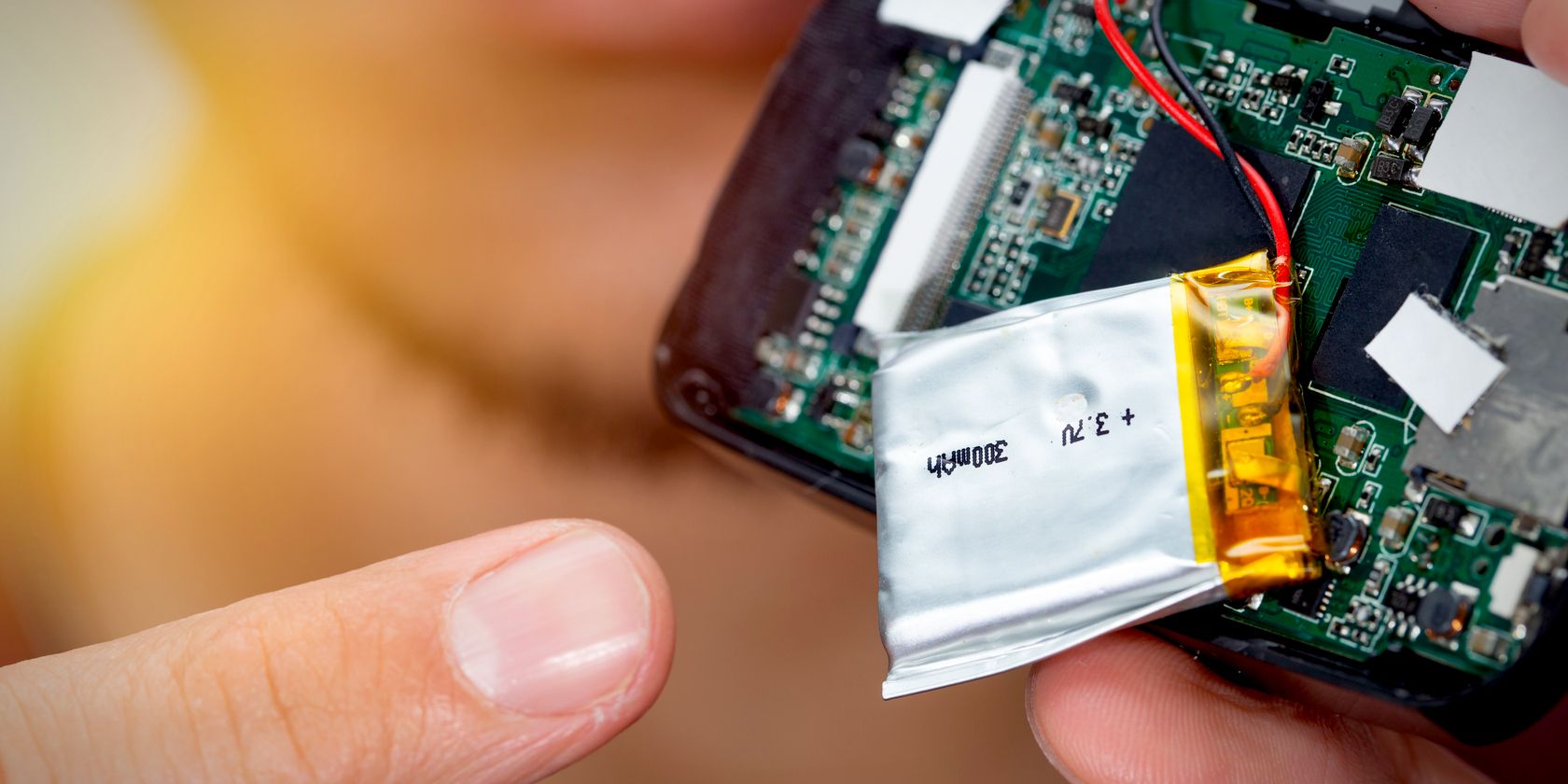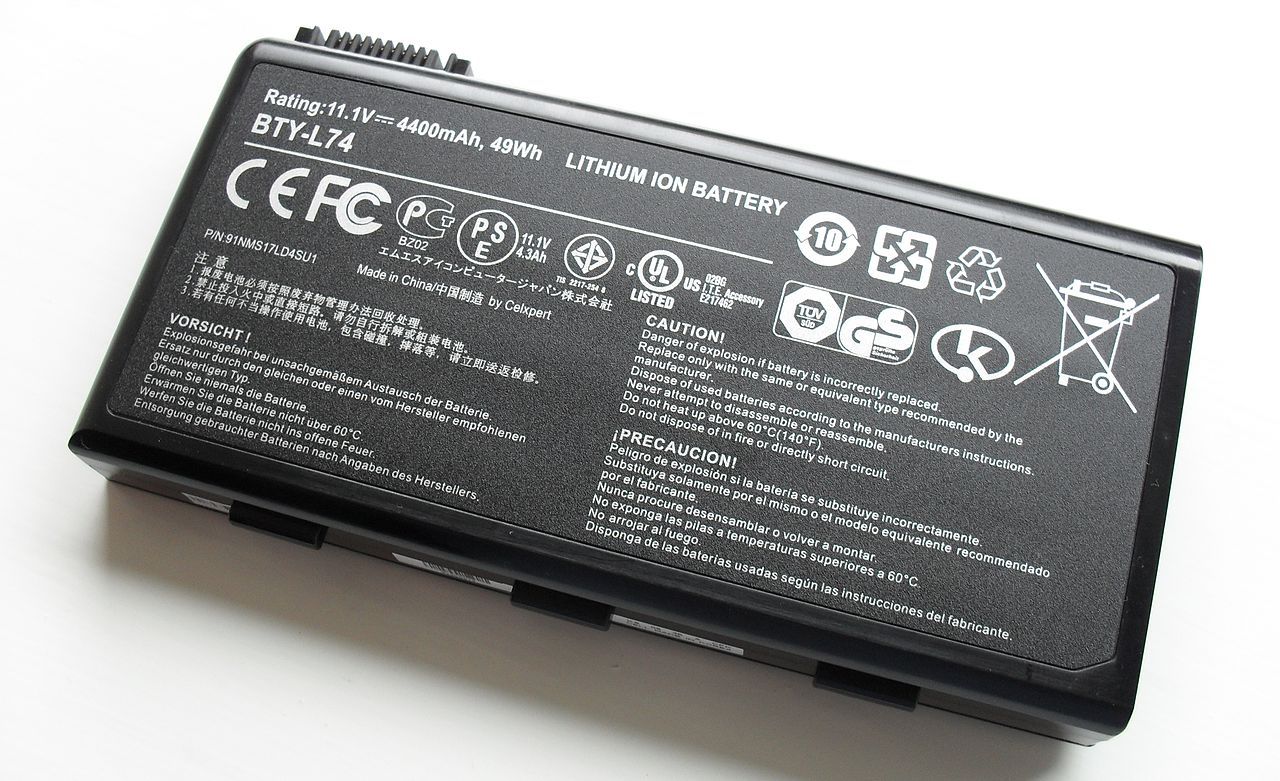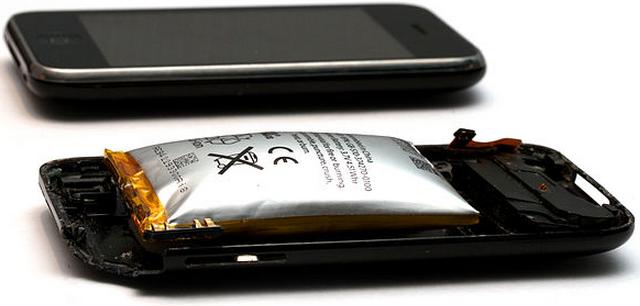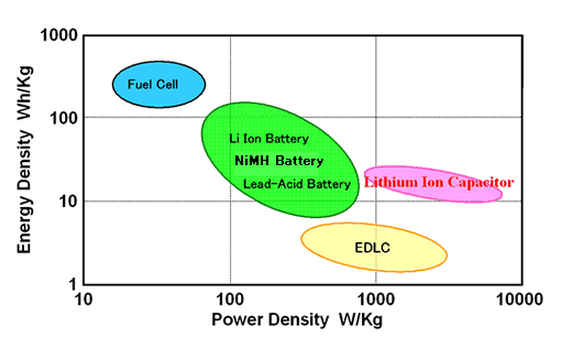One of the most useful electronic devices available to us is also one of the most common. The modern battery is featured in so many of our favorite technologies that you could almost be forgiven for not spending time learning about their workings.
But the time has now come for you to expand your knowledge base by understanding just how the smartphone in your pocket is powered, the common battery varieties, and what you can do to prolong their lifespan.
Who Invented the Modern Battery?
Alessandro Volta demonstrated the first functioning electromagnetic battery in 1800. His stack of copper and zinc plates separated by brine-soaked paper discs produced a steady voltage for a reasonable amount of time. This was known as a voltaic pile and was the precursor for a generation of battery-powered experimentation.
In 1836, John Frederic Daniell standardized the battery's design. A copper pot filled with copper sulfate solution immersed in an unglazed earthenware container filled with sulphuric acid and a zinc electrode became the de-facto battery standard, featuring across countless electrical telegraph networks.
Fast forward to Oxford University, 1979. John Goodenough and Koichi Mizushima demonstrated a working rechargeable cell with a 4-volt range that used lithium cobalt oxide as the positive electrode and lithium metal as the negative. The precursor of the lithium cell as we know it was born—but it was only commercialized in 1991 by Sony and Asahi Kasei in their portable electronic devices.
What Is a Modern Battery?
We use the term "modern battery" to describe the electrochemical cells that power our portable technology devices. Batteries fall into two common categories:
- Single-use: disposable batteries with electrodes that are irreversibly altered during usage.
- Rechargeable: reusable batteries with electrodes that are restored by reverse current.
Most modern portable electronics feature a lithium-based battery, the most common of which is the lithium-ion (Li-ion) cell. However, you may also encounter a lithium-polymer (Li-Po) cell, which has the same electrochemical makeup and general chemistry as its counterpart but costs more to make and has a lower energy density.
Nonetheless, Li-Po batteries are still popular due to their lightweight, flexible designs and improved operating capabilities at higher and lower temperatures, which Li-ion can struggle with.
Li-ion batteries usually contain an intercalated lithium compound such as lithium cobalt oxide (LiCoO2) as one electrode, graphite for the second, and an organic solvent as an electrolyte. This compound is used due to its high energy density and slow loss of charge when not in use and requiring no memory cycling to prolong the battery lifespan.
All lithium-based batteries contain a Pressure Temperature Coefficient. This is a failsafe switch or sensor designed to keep the battery from overheating in extreme conditions or overuse. This process usually renders the battery useless by permanently damaging the chemical compounds that make the charge/discharge process possible.
How Do Lithium-Based Batteries Charge?
Lithium-based batteries have become the portable technology battery of choice due to their high energy density and rechargeable qualities.
During the charging process, lithium ions move through the electrolyte from the positive lithium cobalt oxide electrode to the negative graphite electrode. Then, when discharging or in use, the ions move back through the electrolyte, from negative to positive. This process happens at a relatively high voltage—3.7 volts compared to an alkaline AA battery at 1.5 volts—which is why lithium-based batteries have become the portable power source of choice for many consumer electronics.
Lithium-based batteries also feature as part of larger battery packs, such as a laptop battery. These battery packs feature several lithium-ion cells bound into one larger component and will contain a number of additional components:
- Temperature Sensor: Sensor monitoring temperature inside the pack to maintain the safety and longevity of the cells.
- Voltage Regulator: Sensor and circuit for monitoring and regulating the output/capacity of each cell inside the pack
- Battery Charge State: Sensor informing the operating system of current charge state (e.g., 47% full)
- Connector: Pack connector for laptop, brand-specific.
Lithium-based batteries can perform thousands of charge/discharge cycles before the quality of the cell begins to truly degrade. Still, there are several ways that you can ruin your battery, potentially putting yourself in danger in the process.
How to Maintain Your Lithium-Based Battery
The positive electrode found in most lithium-based batteries, LiCoO2, can present a hazard if the cell becomes damaged. Unlike other battery options, compromising the flammable, pressurized compound can produce extreme results. To mitigate this, lithium-based battery cells are subject to numerous safety tests, many of which are more stringent than their acid-based counterparts.
Heat
There have been several instances of lithium-based batteries igniting in extreme heat conditions. Batteries under heat duress combined with any additional, unexpected pressure or a short-circuit can 'explode,' leaving a destroyed battery and, more often than not, a damaged piece of portable technology.
Each lithium-based battery has an inbuilt separator contained within the cell. This distinguishes between the positive and negative electrodes during the charge/discharge process. If this separator becomes perforated or damaged, there is a chance the electrodes could make contact. This causes the battery to experience a rapid gain in heat which can lead to an explosion.
The battery has a venting mechanism to prevent such an occurrence but ultimately, due to the nature of the chemical compound being vented, the chance of an explosive reaction remains due to the heat generated by the chemical reaction.
Discharge Ratings
Lithium-based batteries prefer a partial discharge rather than "deep" or "full." They do not have a charge memory, so a partial discharge doesn't affect future performance.
However, a deep discharge (i.e., completely depleting the battery) will cause the voltage of a lithium-based battery to fall and could result in a permanently damaged battery.
Aging Process
Lithium-based batteries age. Their maximum lifespan varies depending on the number of charge/discharge cycles experienced, but you'll typically begin seeing your battery degrade after around two years. That is not to say you should keep track of the number of times you use the battery as that would be rather difficult.
It also worth checking when a battery was manufactured when purchasing a new portable tech product. If it has been sat redundant in a warehouse for a year, that's a year of battery life already ebbed away. Contact the product manufacturer and ask for a new battery where possible.
What About Electric Vehicle Batteries?
An electric vehicle battery should last at least 100,000 to 200,000 miles. This equates to around 10 or 20 years. Tesla reports that the Model S battery will lose around 5% of its capacity in the first 50,000 miles. After this, the battery life will drop much slower.
Most electric vehicle manufacturers offer battery warranties of 5 or 8 years or 100,000 miles. Most reputable manufacturers will replace a battery that has fallen to 60-70% capacity in this time.
There are some things you can do to make sure your EV battery lasts longer:
- Ensure you only buy an electric vehicle with highly rated thermal regulation.
- Try to avoid fast-charging too much as it will reduce battery life.
- Set the charger to charge to 80% of capacity. Overcharging the battery can negatively affect it.
- Don't let the battery reach 0% capacity.
- Keeping the battery between 50-80% capacity is optimal.
Li-Air
The next generation of lithium batteries will feature lithium-air chemistry, allowing for extremely high energy density in increasingly lightweight designs. Li-Air batteries gain an energy-density advantage over their traditional counterparts by utilizing abundant oxygen to induce current flow, rather than storing the required chemical oxidizer internally.
Unfortunately, research is still required in several key areas before a commercially viable Li-Air product will feature in our portable devices, though significant progress has been made in recent years.
Try Not to Damage Your Batteries!
You don't have to worry too much about destroying your Lithium-ion batteries. They'll degrade naturally over time. But, if you don't constantly charge to the maximum and then run them down until they're completely flat, your batteries will last for longer, which is always something to keep in mind.






